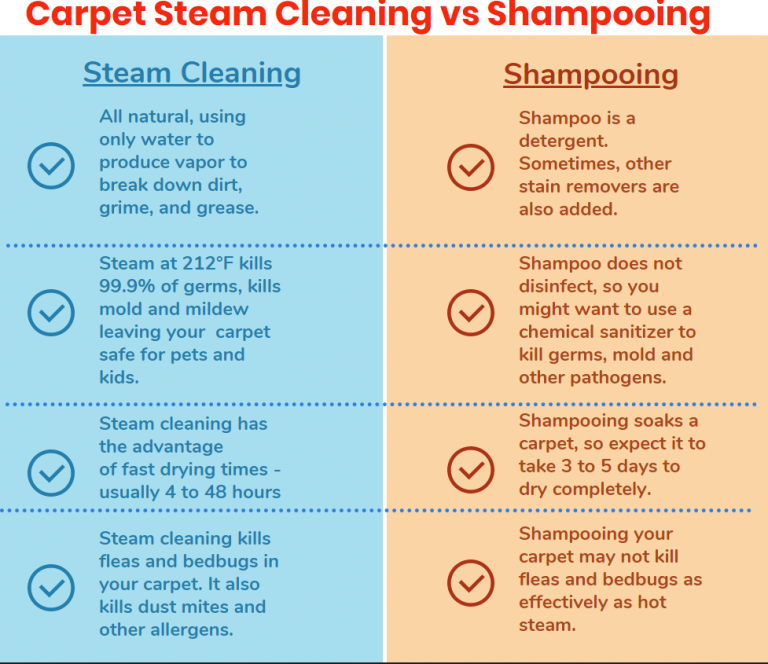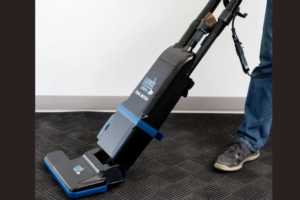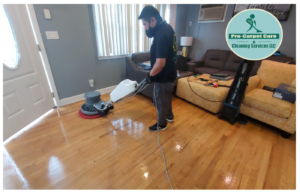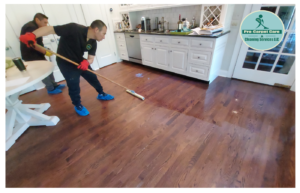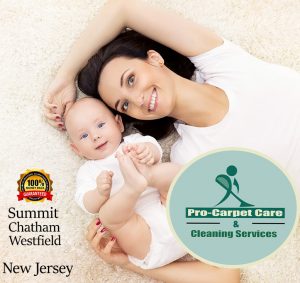How to clean a wood floor
the best way to clean hardwood floors will depend on the type of finish rather than the wood species (e.g., cherry, maple, or oak). If you use the wrong method or cleaner, you could damage the wood. There are two main types of hardwood floor finishes: surface finishes and penetrating finishes.

- Surface finishes such as urethane and polyurethane form a protective, waterproof barrier on the surface of the floor. When liquids come into contact with surface finishes, they pool rather than penetrate the wood. It’s safe to use water and water-based cleaning products on surface finishes.
- Penetrating finishes such as linseed or tung oil soak through the surface of hardwood floors and then are usually topped with a wax coat for added sheen. These finishes easily absorb water, and water can warp wood floors. Use only solvent-based cleaning products instead of water-based ones on floors with penetrating finishes.
Vacuuming regularly
Dry mopping, sweeping, and/or vacuuming on a weekly basis are the best ways to rid hardwood floors of light dust, dirt, and pet hair accumulation. This routine works on floors with either surface or penetrating finishes.
Some jobs are better left to the pros
Get free estimate, no-commitment
Wood floor surface-finished
If a surface-finished hardwood floor still looks dingy or dull after dusting, deep clean it with any pH-neutral, wax-free, and petroleum-free cleaner, or a homemade solution comprising ¼ cup of dish soap and 1 gallon of warm water.
Wood floor wax removal
If your floor has a penetrating finish, the best way to deep clean it is to strip away the grimy old wax coat and reapply a fresh wax coat. Rub a clean cloth saturated in mineral spirits over 2-foot sections of the floor at a time, letting the mineral spirits dwell for 5 minutes on each section before wiping away with a fresh cloth dampened slightly with water. Then, dry thoroughly with a fresh, dry cloth..
General Questions
How expensive is Clean & Recoat?
Prices will vary but typically a contractor will charge you less than what they would charge you for sanding and refinishing the floor. Pricing will depend on how much time they spend cleaning a floor, the type of finish they use and the number of applications of finish they make. Get several estimates but pay careful attention to how long they will take, how they will prep the surface and the type of finish they will use.
Is this a dusty, smelly process?
The smell of the chemicals used to clean the floors is comparable to typical household cleaners and are not toxic or hazardous. The buffers we use have dust containment systems attached to vacuums to minimize any dust from prep work. We only work with waterborne urethanes that have no offensive odors. Done correctly, Clean & Recoat is the least invasive recoating process on the market today.
How log will a Clean & Recoat last?
With proper care and maintenance and by following a common sense approach to reduce wear and damage, a floor that’s been recoated can give you years of excellent service. I’ve seen floors that I recoated more than ten years ago that are still in very good shape. Most floors that are being recoated will be getting a waterborne finish and these finishes are very good and easily maintained.
What is Laminate Flooring?
Laminate flooring is a tongue and groove interlocking flooring system that comes in either planks or squares. All of these floors have a wear layer, a decorative print film layer, an inner core structure, and some type of backing support layer — usually melamine. The print film layer is either fused or glued to the inner core. The print film can be a photo of any real floor. The earlayer is applied to the decorative print layer to protect the pattern. Melamine resins are the main component of the wearlayer. The melamine surface gets its incredible durability from aluminum oxide. Aluminum oxide is almost as hard as diamonds and provides unsurpassed wear and stain resistance.
What is Engineered Flooring?
Engineered flooring is produced by bonding three or more layers of wood. The crossing of grain direction within the boards makes this a very dimensionally stable product able to resist nearly all expansion and shrinkage from normal moisture changes. This is one primary feature that makes it suitable for use directly on concrete and below-grade application.
Will my floor age or change color?
Yes. You can expect to see shade differences in your floor over time. The cause is usually from exposure to the ultra-violet rays of the sun, whether direct or indirect. This color change will be more noticeable in lighter colors, which will darken over time. In addition, certain species like Brazilian cherry, will naturally darken over the years. These changes are due to the natural characteristics of wood and are not covered by most manufacturers’ warranties.
What is Custom Finishing?
Sanding and refinishing performed to individual specifications. Custom finishing of wood floors is performed in the home on the completely installed new floor, or to refurbish a previously finished floor. Custom finishing permits the owner to select from a full range of stains, sheens and colors.
Floor Cleaning Topics:
- How to clean your sofa
- Steam Carpet Cleaning -Summit NJ
- How to dry carpet after cleaning
- How to get rid of odor in carpets
- Basement water damege -steam carpet cleaning
- Lear how to clean wood floor
- Why should i choose professional carpet cleaner
- Best Homemade carpet cleaner
House cleaning Topics:
- Why is cleaning my oven important?
- How to Clean and disinfect your apartment
- How to get rid of and prevent Bathroom Mold
- How to perform a general Kitchen cleaning
Looking for a Specialist Floor Cleaning Company near you?
